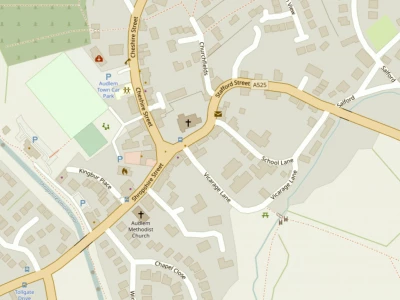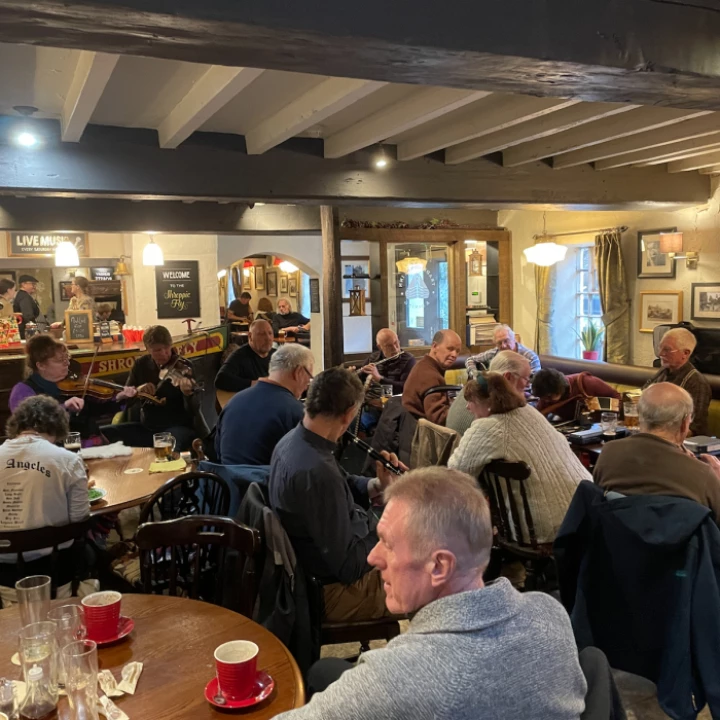
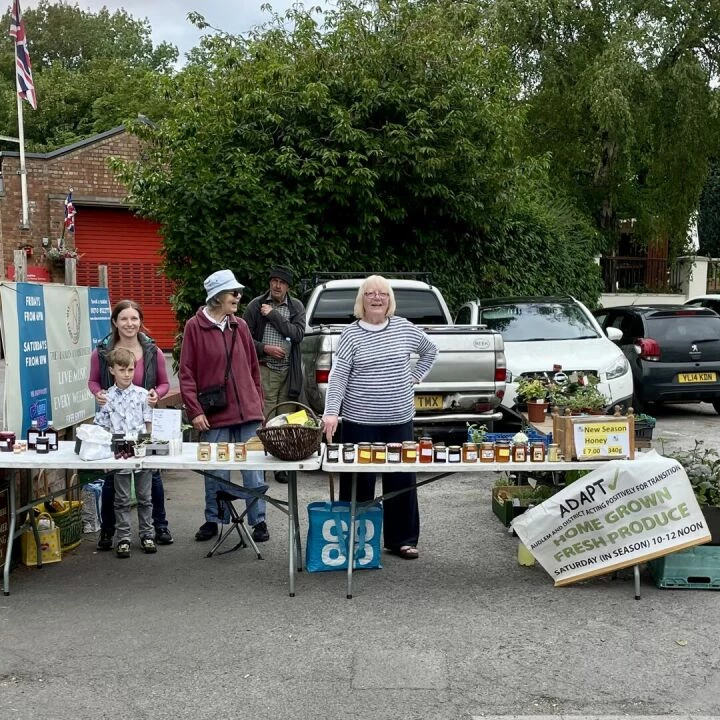
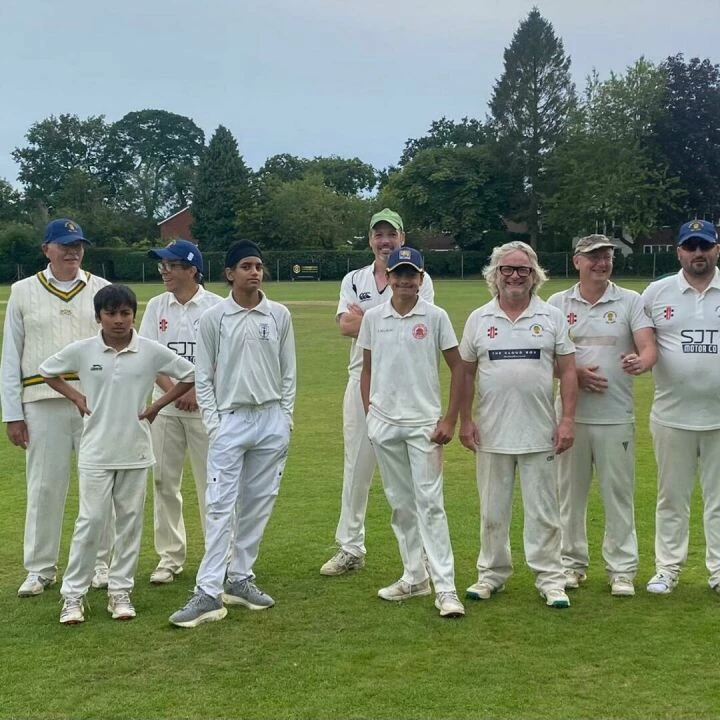

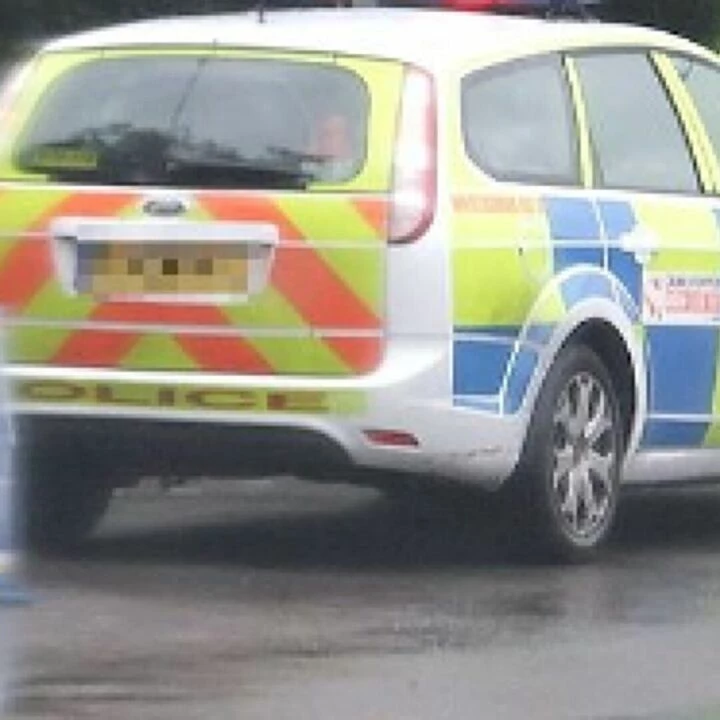
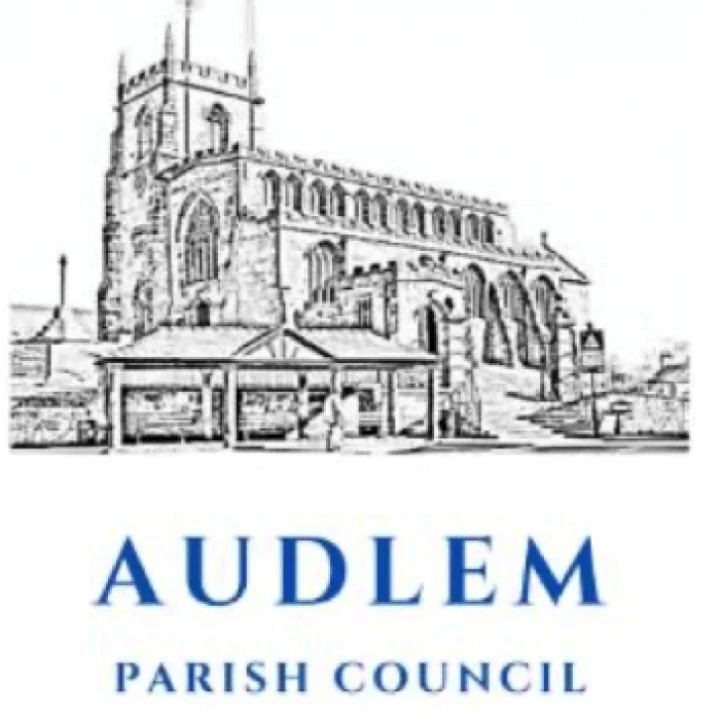
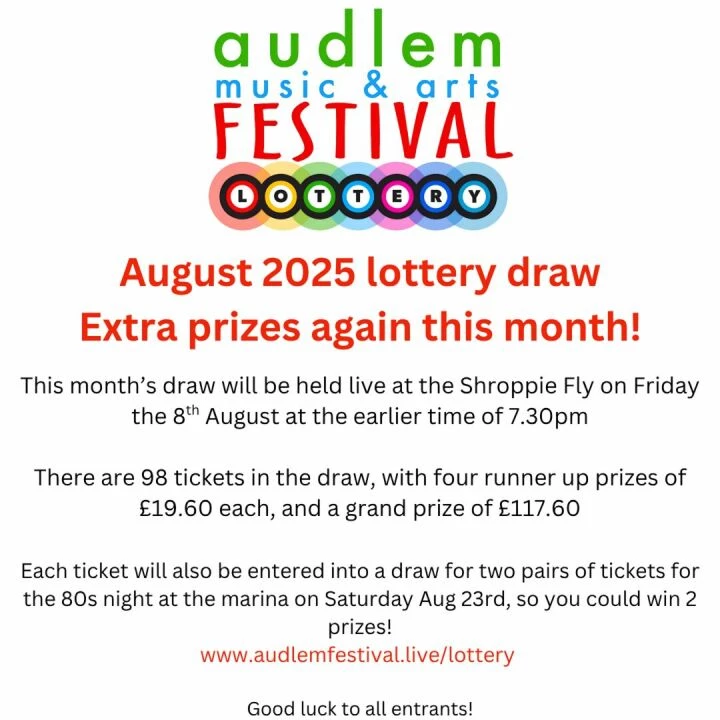
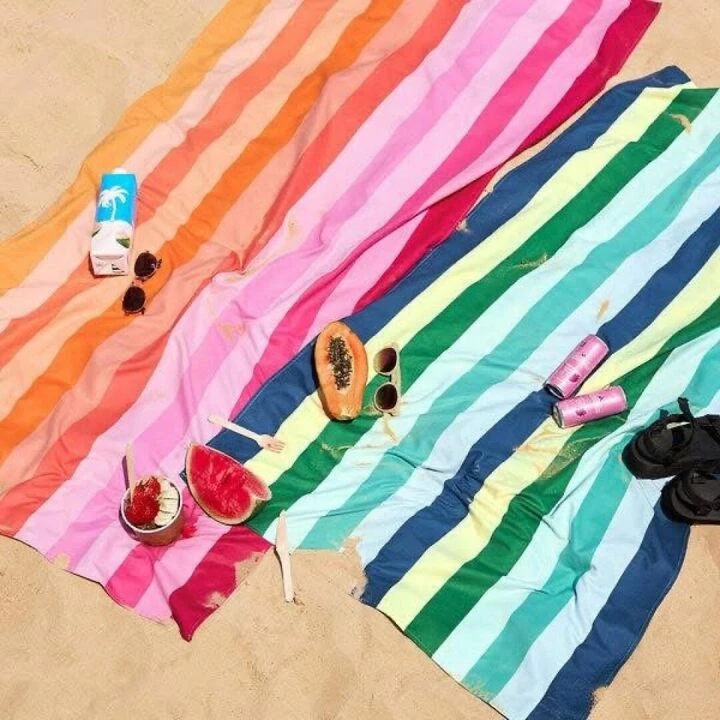
"Sail south until the butter melts!" An Atlantic adventure.
Bob Fousert with apologies to real Sailors.
Phase 3 (Part 2) – Las Palmas to St Lucia/Trinidad (3200 NM – 3680 Miles)
Sunday 23.01.22

We had been wondering how long it would be before we enjoyed the full pleasures of an Atlantic crossing, namely being hit by squalls, After all, we had seen many pass by in the distance and even sailed around a few. In the early hours, whilst Phil was on watch, the first one hit with torrential rain and winds in excess of 25 knots.
Fortunately, this only lasted for about an hour, but long enough to soak Phil to the skin in spite of his foul weather clothing.
Fortunate to have missed that squall, I came on watch at 09.00 to another day of rough seas. Two hours into the watch and we were hit by another, much larger squall with the cockpit taking on water as the wind tilted the boat to about 45 to 50 degrees to port whilst travelling at around 8 knots. (Was this another session of Phil's 'sporty sailing'?).
Given the conditions we were all in the cockpit with life jackets on and harnesses clipped in. Eventually the squall abated but it continued to rain for the next seven hours. Poor Phil had been wet through since just after midnight and here we were some 18 hours later still being soaked.
At least the rain was warm!
Clearly, the weather did not affect the dolphins as after several days of no sightings, we were accompanied by a large pod that stayed with us for 15 to 20 minutes, which generally seemed to be the usual amount of time before they would leave us.
Dressed in dry clothing (Well, shorts and T shirt) I was on watch again at 21.00, with a good wind and travelling at a steady 5 knots.
Apart from seeing a squall as it approaches, you know that they will hit when first of all the sea and wind become calm (calm before the storm). This is followed by a strong, downward draught of colder air after which the squall is upon you. This downward draft affects the wind for miles around as we experienced numerous times when squalls passed close by but didn't actually hit us.
As if two squalls in quick succession were not enough, early the next morning we were hit by another short burst that soaked everything, followed by hot sunny conditions which quickly dried out the boat.
Once again, the so called trade winds failed us as the remainder of daylight hours were spent with very little wind to help us along. Because we needed to preserve fuel (mainly to run the engine to recharge the batteries), our 5 knot per hour schedule was slipping further and further behind.
The only consolation was that reports relating to other boats in the fleet showed that we were not the only ones having problems with at least 14 yachts, some that had detoured to Cape Verdi, several hundred miles behind us.
Clearly, three squalls in less than 36 hours did not appear to be enough as no sooner had I turned to for my evening watch than we were hit by a fourth, but short squall!
For the next 24 hours we only managed 85 nm as light winds continued to prevail and there was little change the following day (Wednesday 26th) and it was becoming very hot so stays in the cockpit were down to only an hour or so before seeking shelter from the sun.
That evening the wind finally picked up and strengthened to the point where we were soon sailing at 8 knots and having to reef both sails in order to make the boat easier to manage.
The improvement in wind conditions meant that we were able to cover 138 nm in the next 24 hours, our equal best daily figure on this Atlantic stretch and what we had anticipated we would do on a regular basis with help from the trade winds, if they had been there!
It wasn't until Friday 28th that the effects of the recent squalls started to manifest themselves upon Freeway's electrics as we experience instrument failure because of water ingress on the wiring looms.
One thing I can say about Phil is that he is very hands on and a real Mr Fixit. Though it took him most of the day working his way through a myriad of wiring we thought that he had finally found and fixed the problems to the relief of us all.
Our good speed of just below 5 knots was maintained throughout Saturday. However, in order to preserve battery power all non essential electric items were turned off as diesel fuel for recharging was running low.
Phil also placed a limit on the amount of satellite calls that could be made as we were starting to run out of available minutes.
On top of this, our water tanks had finally dried up and so we resorted to bottled water, rationed at two litres per person per day. Fortunately, at the side of the toilet sink there was a small hand pump that brought in water direct from the sea which we were able to use for washing and washing up.
Have you ever tried using ordinary soap or shaving soap to produce a nice lather with sea water? It doesn't work.
By the evening we were making speed of around 6 knots with ideal sailing in a heavy swell. This continued into Sunday which was good news as far as making progress was concerned. But the increased corkscrew action of the boat made for a rough night when trying to get some sleep. Not to mention the heat that hardly seemed to abate.
Monday 31.01.22
Heavy sea swells meant that the boat was rock and rolling quite substantially with the odd really big wave swaying Freeway sharply to one side or the other and the whole experience was becoming a bit wearing on body and spirit.
At one stage during the day I had mentioned to Andy that in spite of everything the seas could throw at us my only real fear throughout the whole trip had been the possibility of being scalded when handling boiling water.
That afternoon Phil had made himself a mug of hot coffee and had offered me a drink at the same time. I declined as I was busy at the helm and not ready for a drink. Half an hour later I decided to go below to make myself a mug of hot lemon tea.
The water in the kettle was lukewarm but I decided not to boil it up as it was just warm enough for what I needed. So having put in the lemon tea crystals I was pouring in the water when a big swell violently rocked the boat that sent me flying across the cabin, lemon tea and all. I have to say that for a moment this really shook me, not only because I had collected yet another lot of bruises, but particularly as I was covered in the tea, which if I had boiled the kettle would have had very serious consequences, given that I was only wearing a pair of shorts.
From that moment on, for the rest of the trip, I only drank cold water.
Having thought that the problem was fixed, we had further issues with the electrics to the instruments in the cockpit. These were finally traced to corroded wiring joints and took several hours to resolve. One reason Phil was taking Freeway to Trinidad is to have a comprehensive refit, given its age, so I imagine that the electrics will be high on the list.
To end a fairly demoralising day, the Atlantic decided to further add to my collection of bruises by once again sending me flying across the cabin as I was making my way to bed at the end of my evening watch. To say that I was not a happy bunny would be an understatement and I was really glad to get my head down!
The next three days, the sea swell continued to rock and roll Freeway as we made good time and steadily neared Trinidad, leaving us wondering when we would have a day of calm water. We still had lots of flying fish, a couple of which hit me and landed in the cockpit when on watch one evening only to be quickly returned to the water. Even so, we found at least a dozen of varying sizes on the forward decks some mornings.
Thursday 03.02.22
Lunch time was the deadline given for ARC boats to reach St Lucia which, because of unusually long periods of calm conditions 14 boats, including ourselves, would not be able to meet.
A few days earlier several skippers, including Phil had asked if the deadline could be put back by at least 24 hours, but the event organisers refused.
Therefore, Phil decided that there was no point in going to St Lucia and then sailing a further 260 nm to Trinidad when we only had to do a further 60 nm on top of the overall crossing to go straight there from where we were.
So it was that come Thursday morning we were only 180 nm from Trinidad and making good headway. It was a shame that the organisers did not extend the deadline by 24 hour as we calculated that with our handicap we would have finished well up in the top half of the field, which would have been a great achievement for such a small, old boat and its small, old crew!
06.30 the following morning found us just 55 nm from Trinidad and the island of Tobago was just visible on the horizon. And at last, we were starting to see numerous other ships and boats, many related to Trinidad's oil and gas industry. We were finally, after 26 days at sea, starting to see signs of civilisation and proof that the world hadn't died of covid!
Then, just around 10.00 we could make out the coast line of Trinidad through the haze. So near, yet so far away as we knew that even when we reached Galava Point on the east coast of Trinidad, we still had over 50 nm to go along the north coast, through Bocca de Manas and around to Chaguaramas where we would have to berth at the Customs Quay.
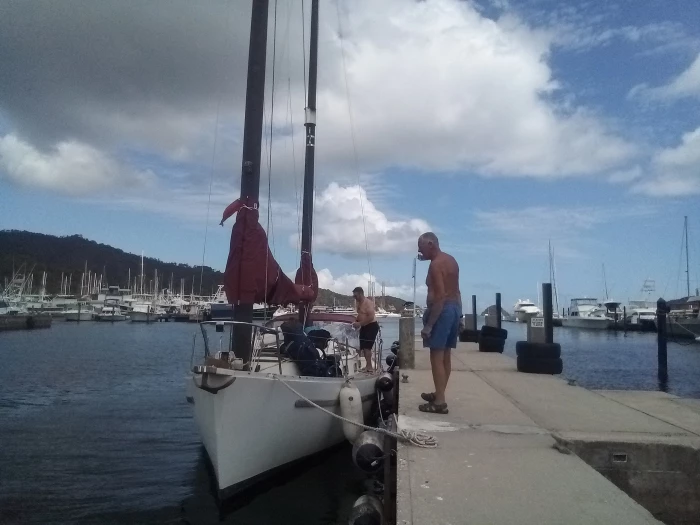
Saturday 05.02.22
04.30 local time, after 27 days at sea, and escorted by the Coast Guard, we finally arrived at the Custom Quay in Trinidad. My first concern was whether or not I would be able to stand up on dry land after almost four weeks of boat movement. As it turned out this was less of a problem than expected though I had the odd wobbly moment over the next few days.
A PCR test had been organised for the three of us and this took place at 07.00 after which we had to stay on the boat until the results were known. This gave us an opportunity to stow and cover the

sails, tidy the boat and remove some of the rubbish we had collected over the weeks and finally pack our belongings. In addition we had to fill in landing/immigration paper work and surrender our passport for processing.
The results of the PCR tests arrived at 13.00, a lot sooner than expected, after which we were allowed to cross the marina to refuel and then make the half hour trip to the Trinidad and Tobago Sailing Association marina where Freeway would be berthed from now on.
Since returning I have been asked many times did I enjoy it? Well, if you like having to continually secure yourself into a position where you can wash, cook, use the toilet, remain in your bed; having to work all hours of the day and night for weeks on end, in an environment that is cold, wet, constantly on the move from side to side and up and down, and you are an avid collector of bumps and bruises, plus if you have a penchant for being sea sick, then the answer must be, YES!
Would I do it again?
Probably not for a stretch of 28 days, but possibly for shorter, six or seven day trips at sea. However, I might eventually be persuaded if the right trip came along. After all, who knows, Freeway has yet to return to the UK at some point in the future.
And what happens now to Freeway?
Freeway will stay in Trinidad for the next three years, cruising the Caribbean and during that time undergo a refit. Then, depending upon where Phil's wife's next posting is, (hoping for the UN in New York) he will either sail it to the US, sail back to the UK or sell it.
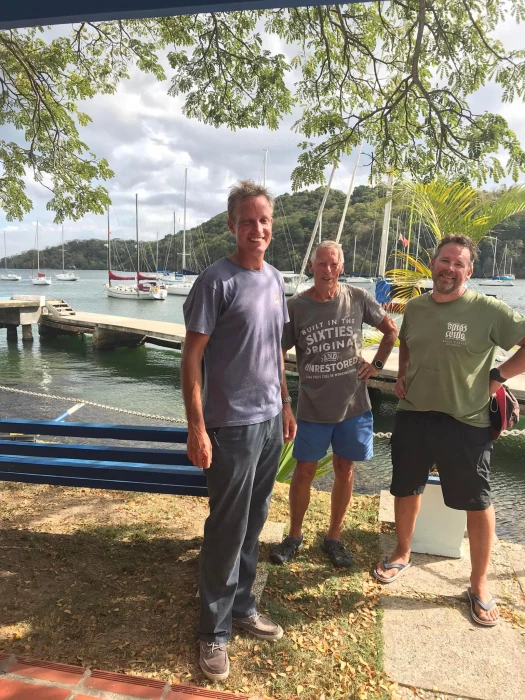
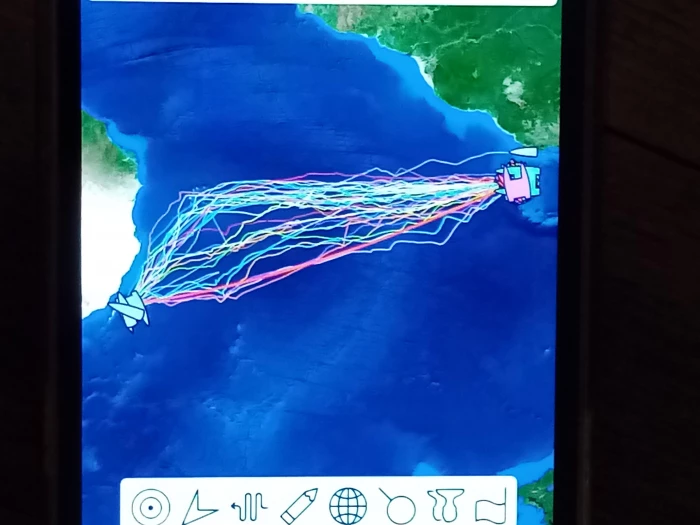
Get In Touch
AudlemOnline is powered by our active community.
Please send us your news and views using the button below:
Email: editor@audlem.org

